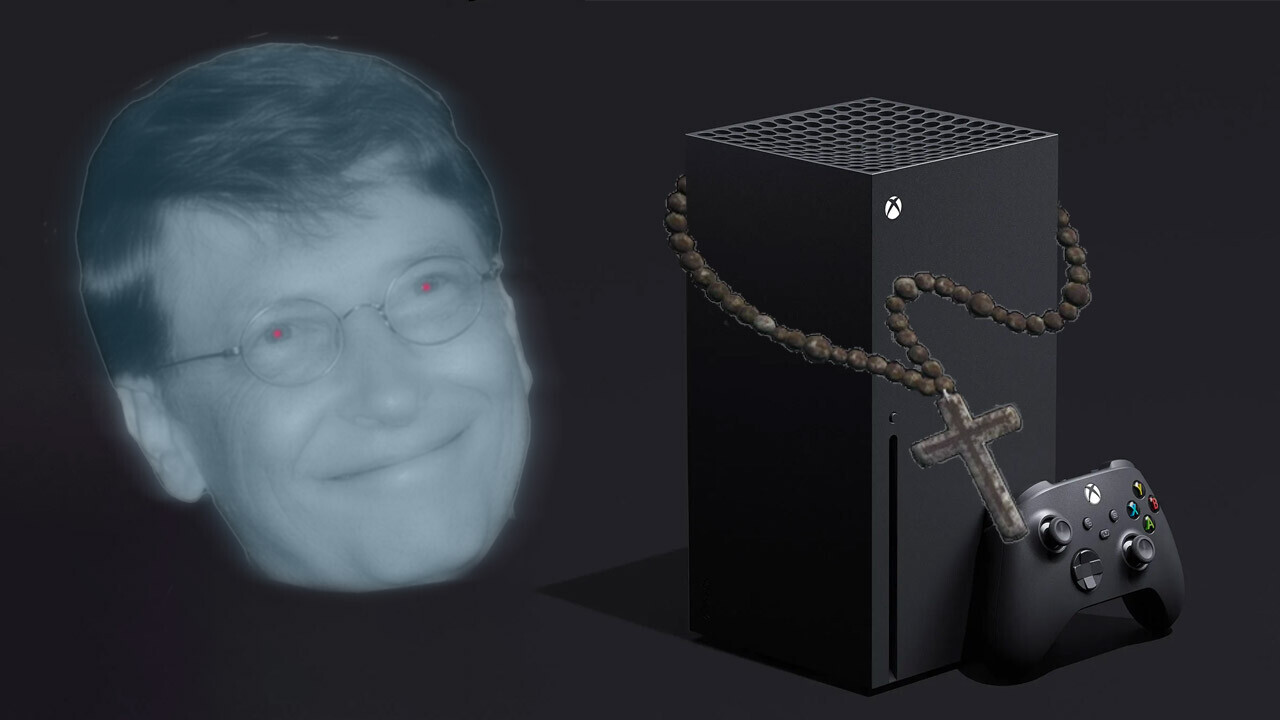All Articles for
Next-Gen
In the history of video games, the seventh generation includes consoles released since late by Nintendo, Microsoft, and Sony Computer Entertainment. For home consoles, the seventh generation began on 22 November 2005 with the release of Xbox 360 and continued with the release of PlayStation 3 on 17 November 2006, and Wii on 19 November 2006. Each new console introduced a new type of breakthrough in technology. The Xbox 360 offered games rendered natively at HD resolutions, the PlayStation 3 offered HD movie playback via a built-in 3D Blu-ray Disc player, and the Wii focused on integrating controllers with movement sensors as well as joysticks. Joining Nintendo in the motion market, Sony Computer Entertainment released the PlayStation Move in September 2010. The PlayStation Move features motion sensing gaming, similar to that of the Wii. Microsoft joined the scene in November 2010, with its Kinect (previously announced under the working title "Project Natal" in June 2009). Unlike the other two systems (PlayStation 3 and Wii), Kinect does not use controllers of any sort and makes the users the "controller." Having sold 8 million units in its first 60 days on the market, Kinect has claimed the Guinness World Record of being the "fastest selling consumer electronics device". While the Xbox 360 offers wired controllers as a standalone product, all PlayStation 3 controllers can be used in wired and wireless configurations. Starting with handheld consoles, the seventh generation began on 21 November 2004 with the North American introduction of the Nintendo DS as a "third pillar", alongside Nintendo's existing Game Boy Advance and GameCube consoles. The Nintendo DS (NDS) features a touch screen and built-in microphone, and supports wireless IEEE 802.11 (Wi-Fi) standards. Additionally, the revised version of the NDS, the DSi, features two built in cameras, the ability to download games from the DSi store, and a web browser. The PlayStation Portable, or PSP, released later the same year on 12 December 2004, followed a different pattern. It became the first handheld video game console to use an optical disc format, Universal Media Disc (UMD), as its primary storage media. Sony also gave the PSP robust multi-media capability, connectivity with the PlayStation 3, PlayStation 2 (only on some games) and other PSPs, and Internet connectivity. The Nintendo DS likewise had connectivity to the internet through the Nintendo Wi-Fi Connection and Nintendo DS Browser, as well as wireless connectivity to other DS systems and Wii consoles. Despite high sales numbers for both consoles, PlayStation Portable sales have consistently lagged behind those of the Nintendo DS; nevertheless, the PlayStation Portable has the distinction of being the best-selling non-Nintendo handheld gaming system.


